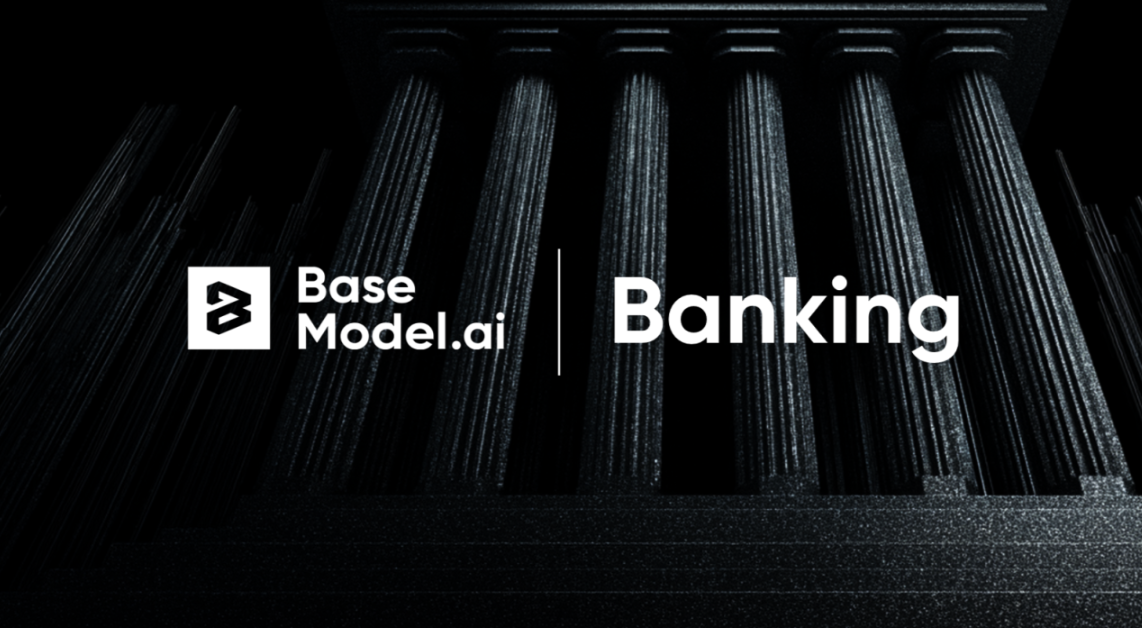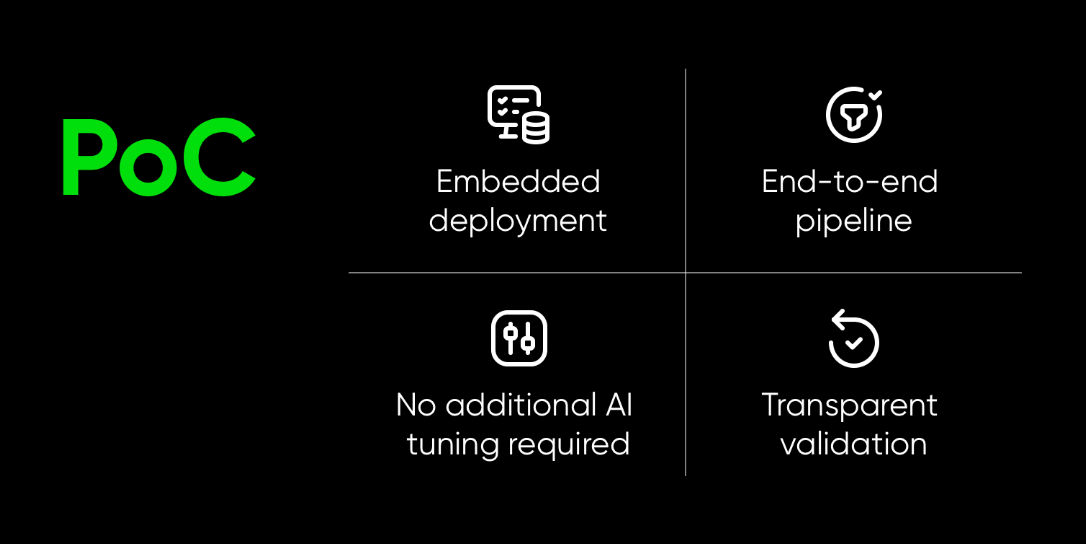
Across the US financial sector, leading institutions with advanced analytics capabilities have been actively exploring how data and intelligent automation can strengthen customer relationship management.
To accelerate this transformation, we partnered with one such institution on a Proof of Concept (PoC) focused on two high-impact areas:
The goal: empower the bank’s team with AI-enhanced insights, improve precision of targeting, and reduce the manual effort involved in customer identification - all while keeping the solution fully aligned with the bank’s existing infrastructure and compliance standards.
The first use case focused on early detection of diminishment behaviors - for example, a significant drop in deposit balances or transactional activity across various product lines. These signals often precede client completely leaving the bank, but can be difficult to catch early using static rules.
The bank’s existing approach, based on well-crafted internal logic and heuristics, provided a strong foundation — and BaseModel was introduced to test how much additional predictive precision could be gained through machine learning.
Leveraging the bank’s data (monthly balances, engagement metrics, transactions, product ownership), BaseModel was deployed directly on the client’s infrastructure, with full access to relevant data. Predictions were generated, validated using shared thresholds, and ultimately passed into the bank's CRM platform for action by the bank’s retention team.
Two evaluation strategies were used:
BaseModel delivered a precision improvement of over 4x compared to the bank’s original approach — allowing the team to focus more effectively on customers genuinely at risk of disengagement.
What’s more, a follow-up conducted months after the initial scoring confirmed that only the customers identified by BaseModel continued to exhibit diminishing behavior — reinforcing the long-term predictive value of the model and its potential as an early-warning system.

The second use case targeted customers who were likely to open another account within the next 30–60 days.
BaseModel was used to score the bank’s existing customers on their propensity to deepen their relationship — through products like term deposits, retirement products, checking accounts, and more. Once scored, the bank’s team reached out to those with the highest predicted intent.
The results weren’t just visible in metrics - they played out in real money and real timing:
“It’s amazing - we knew he was going to open the account before he knew it himself.”
These were not scripted scenarios. They were authentic, unscripted confirmations that BaseModel could detect latent customer intent - even before it became visible through behavior.
Several factors contributed to the success of this PoC:

And perhaps most importantly:
The collaboration between the bank’s team and BaseModel was exceptional - marked by mutual trust, shared ownership, and a clear focus on delivering value. From day one, the joint effort was fast-moving, constructive, and deeply aligned.
This close partnership was key to the PoC’s success - from data onboarding to validation, and from deployment to real-world impact.
A special thanks to the bank’s data, analytics, and relationship teams - their domain knowledge, agility, and customer focus were instrumental in achieving results quickly and meaningfully. This was not just a PoC - it was a real collaboration, with real outcomes.
The bank is now exploring production rollout of both models, and investigating potential new use cases as well as expanding and executing on the existing ones.
The biggest surprise?
Just how well the engagement diminishment model performed out-of-the-box - and how quickly it was up and running.
When precision matters - and it always does in retention and acquisition - BaseModel delivers. Whether you're running targeted campaigns, managing customer relationships, or fighting churn, it helps you act on the right customers at the right time.